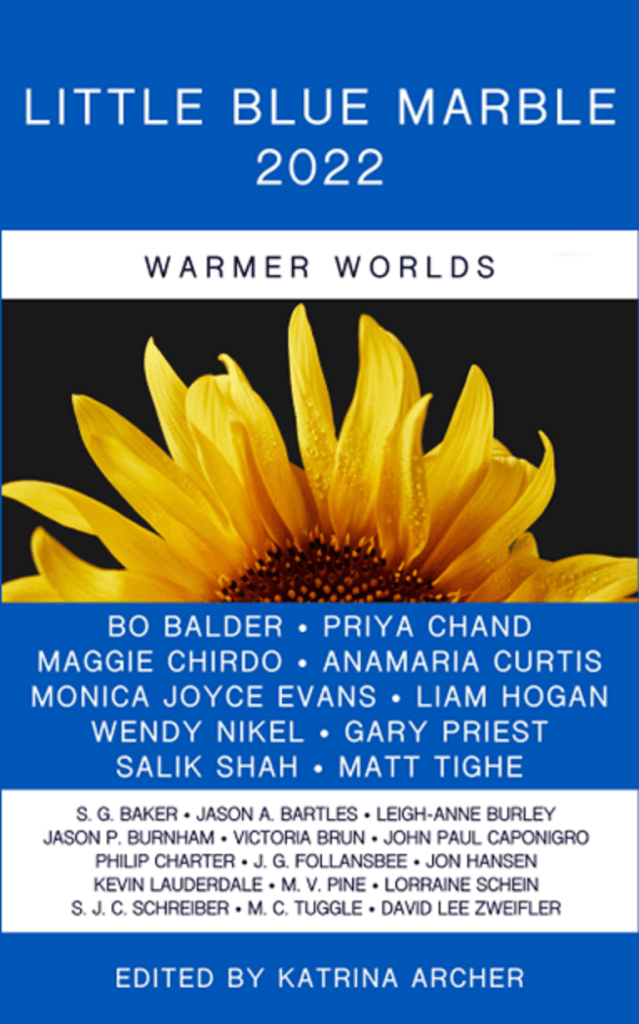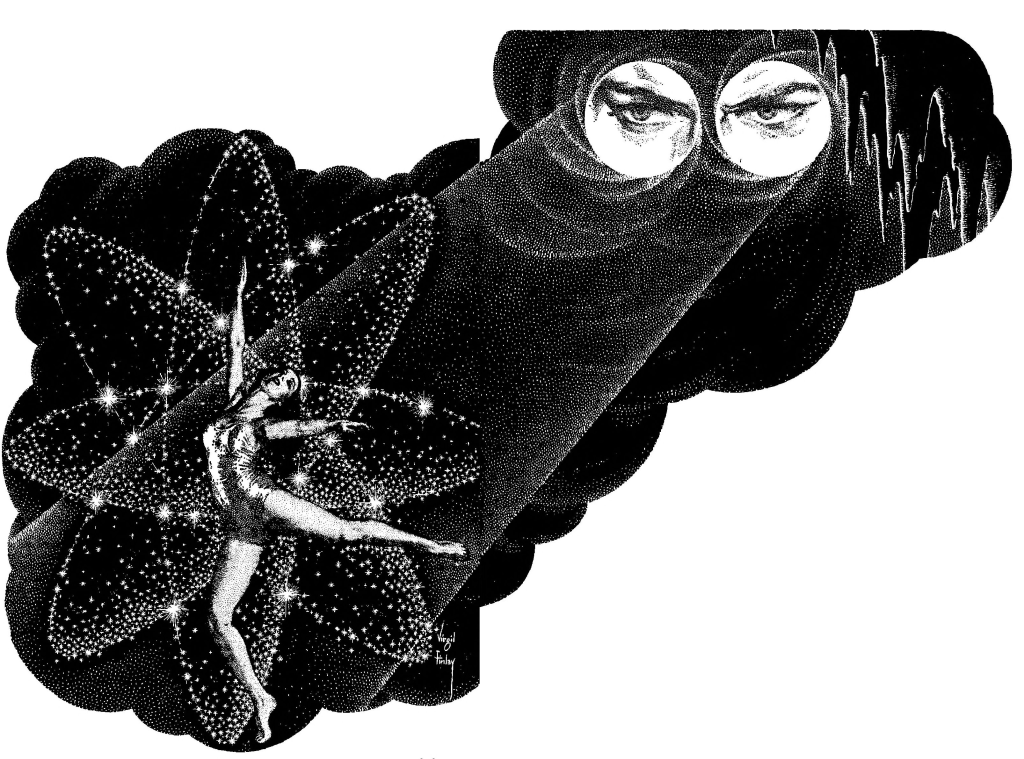
I’m pleased to announce that Little Blue Marble has selected my short story “A Tree Amid the Wood” for its 2022 anthology.
In my story, biotech pioneer Franklin Pratt builds a living house that senses and responds to the needs of its owner. Franklin’s invention has the potential to reduce homelessness, pollution, and social isolation, but a stroke robs him of the ability to communicate. And worse — he fears and distrusts the only person who can help him.
Little Blue Marble publishes speculative fiction and articles aimed at raising awareness about the environment. I can’t tell you how proud I am to have my work included with so many fine authors.
My reverence for nature inspires both my fiction and blog posts about the wild places I’ve explored, from maritime forests to deserts. One of the themes I keep returning to in my writing is the mismatch between human needs and the unnatural straitjacket of modern life. Culture and nature should complement each other. Media analyst Arthur Asa Berger has observed that “culture” comes from the Latin “colere,” which means to tend to the earth and cultivate. Humans, like all other living things, need a nurturing environment. I believe the disconnect between human nature and creeping global homogeniety is at the root of modern neuroticism.
But don’t let the serious subject matter fool you — this book features well-crafted, entertaining stories. Little Blue Marble’s 2022 Anthology not only promotes a vital cause but will make a great Christmas present.
Now available in print from Amazon.
